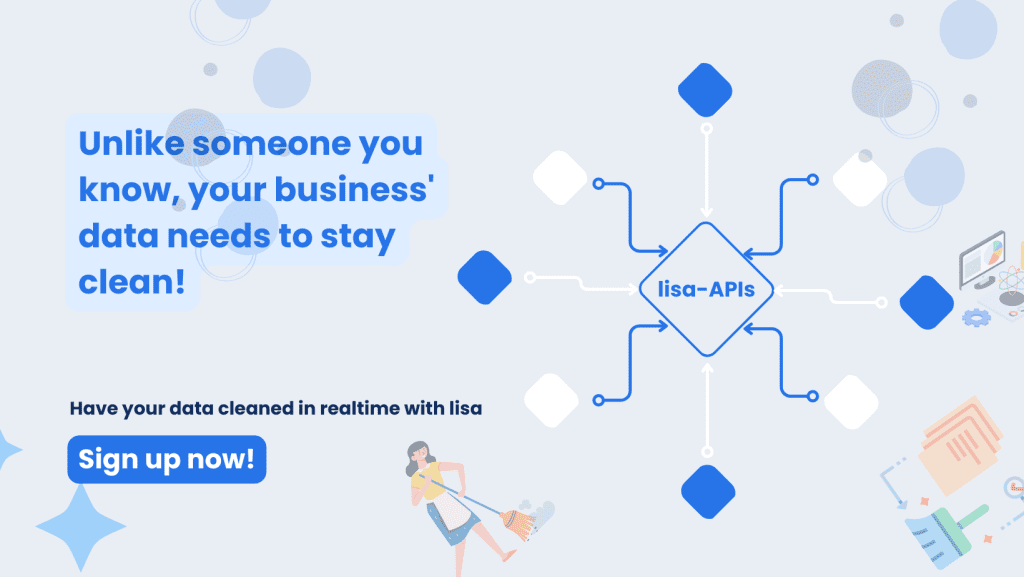As businesses continue to generate large amounts of data, the need for accurate and reliable data analysis becomes increasingly important. However, the data cleaning process, which involves identifying and correcting errors or inconsistencies in data, can be time-consuming and challenging, especially for non-experts.
This is where Lisa comes in as the best data cleaning tool for your business. Lisa is designed to help businesses easily clean their data, saving time and ensuring accurate analysis. Let’s explore the data cleaning process in more detail and why Lisa is the best tool for the job.
What is Data Cleaning?
Data cleaning, also known as data cleansing, is the process of identifying and correcting errors or inconsistencies in data. The process involves removing or correcting duplicate, incomplete, inaccurate, or irrelevant data in a dataset.
Why is Data Cleaning Important?
Data cleaning is important because it ensures that the data used for analysis is accurate and reliable. Data analysis is a crucial aspect of decision-making in businesses. Inaccurate or inconsistent data can lead to poor decisions that can negatively impact business outcomes.

How Lisa Helps with Data Cleaning
Lisa makes the data cleaning process easy for businesses by providing an intuitive interface that even non-experts can use. Some of the ways Lisa makes data cleaning easy include:
- Automated Data Cleaning: Lisa automates the data cleaning process by identifying and flagging potential errors or inconsistencies in the data. This saves time and reduces the risk of human error.
- Customizable Data Cleaning Rules: Lisa allows businesses to customize their data cleaning rules to suit their unique needs. This ensures that the data cleaning process is tailored to the specific requirements of the business.
- Real-Time Feedback: Lisa provides real-time feedback on the data cleaning process, allowing businesses to track progress and identify any issues that need to be addressed.
An Example you can relate to
For instance, let’s say you run a restaurant chain that collects customer feedback data. The feedback data might be in different formats, such as text, numerical data, or even pictures. To analyze the data, you need to clean it by removing duplicates, errors, or irrelevant data. Using Lisa, you can easily clean the data by setting up customized rules and automating the cleaning process. This ensures that your analysis is based on accurate and reliable data, leading to better decision-making.
Another example is in the healthcare industry. A hospital collects large amounts of patient data, including medical histories, laboratory results, and diagnoses. To perform accurate data analysis, the data needs to be cleaned and standardized. Lisa can be used to clean the data, ensuring that the data is consistent and accurate, leading to better patient care.
In conclusion, data cleaning is an essential step in the data analysis workflow. Lisa provides businesses with a powerful tool for cleaning their data, saving time, and ensuring accurate analysis. With Lisa, businesses can make data-driven decisions with confidence.






